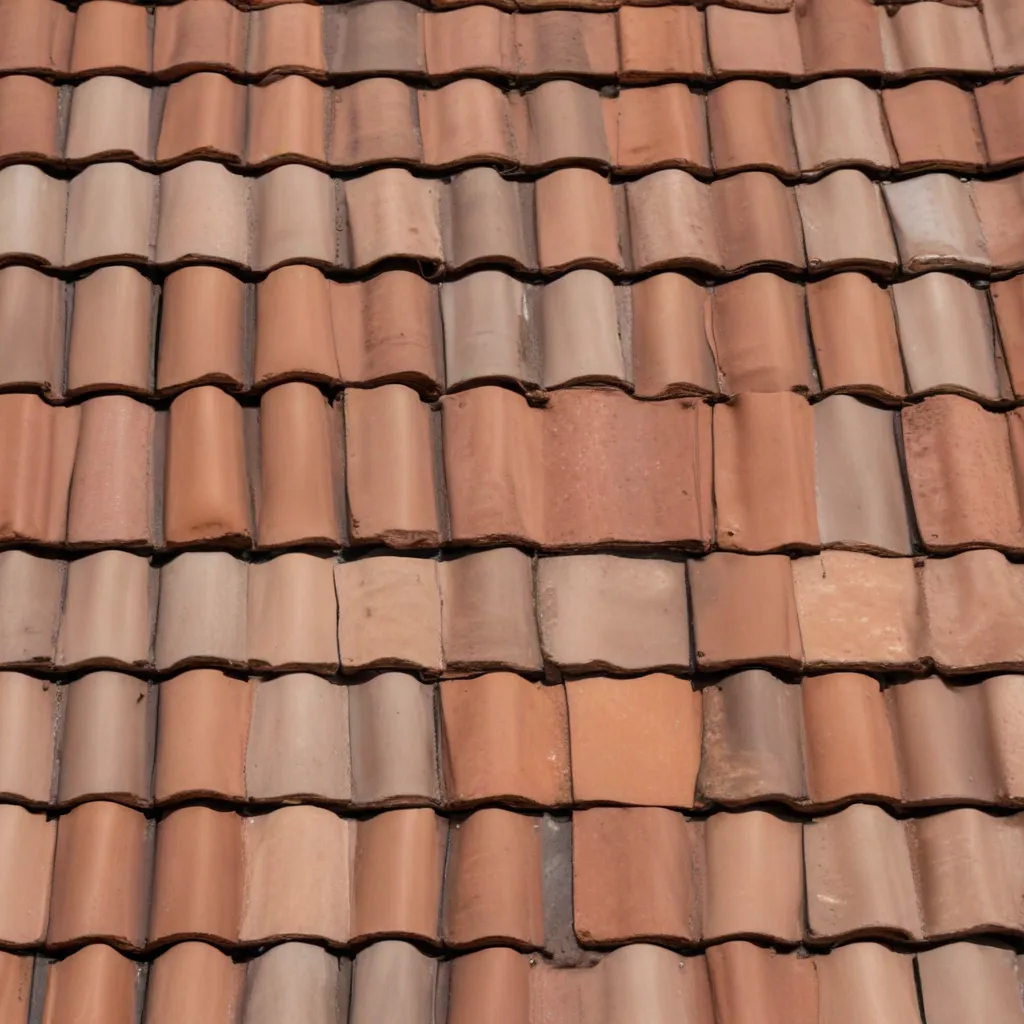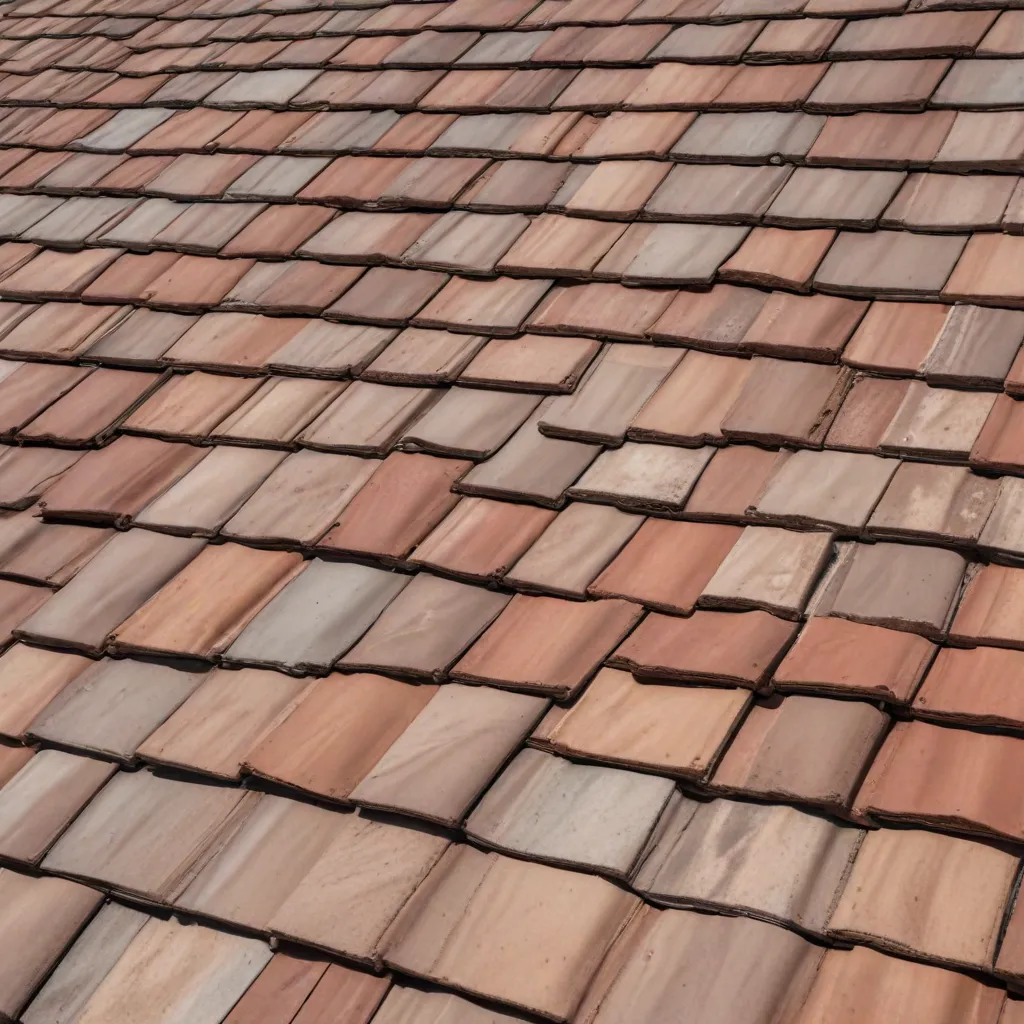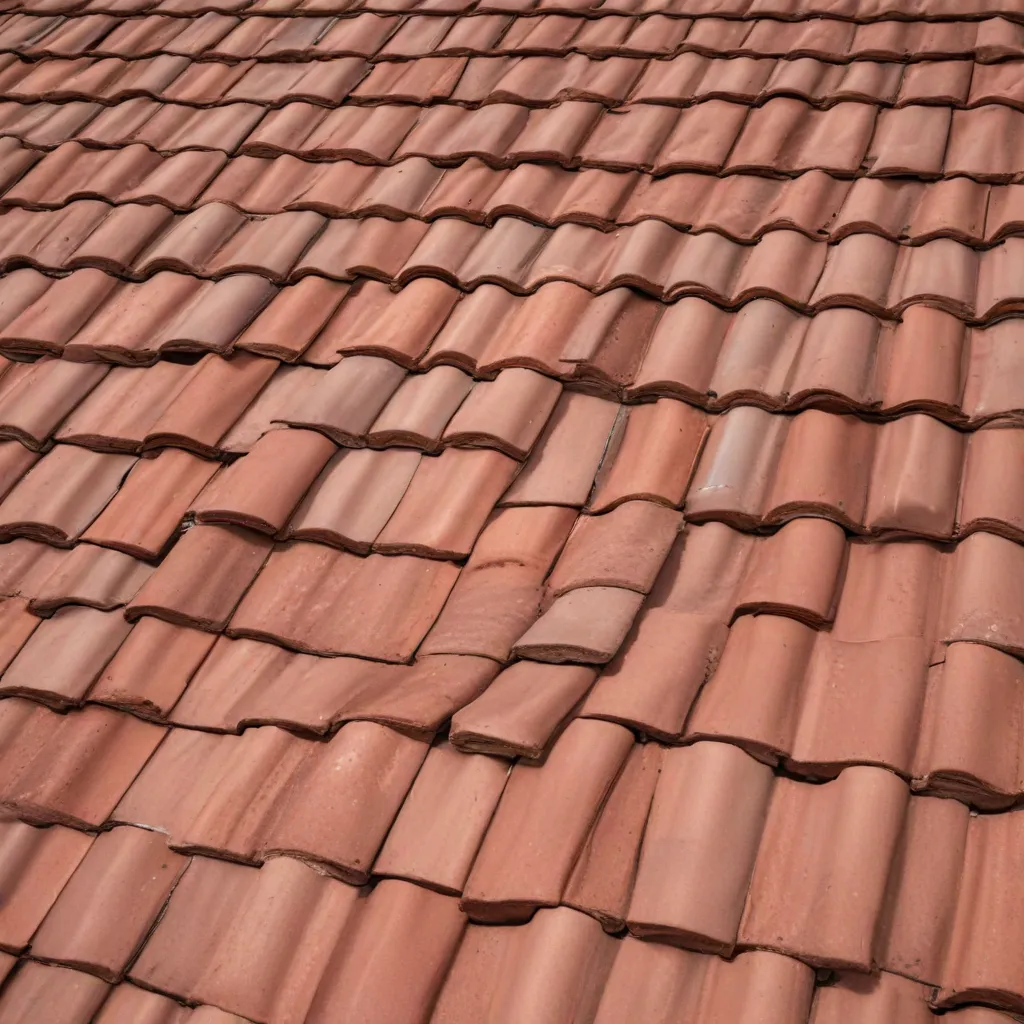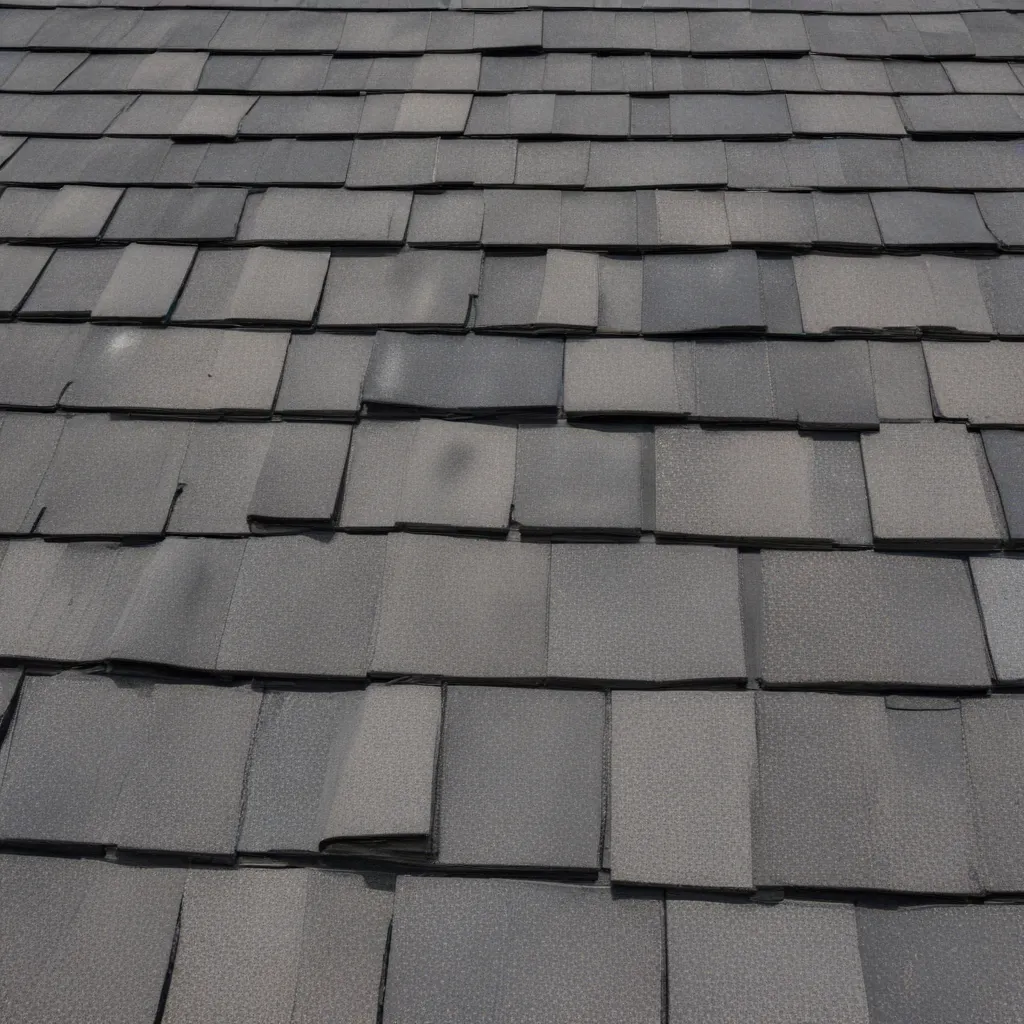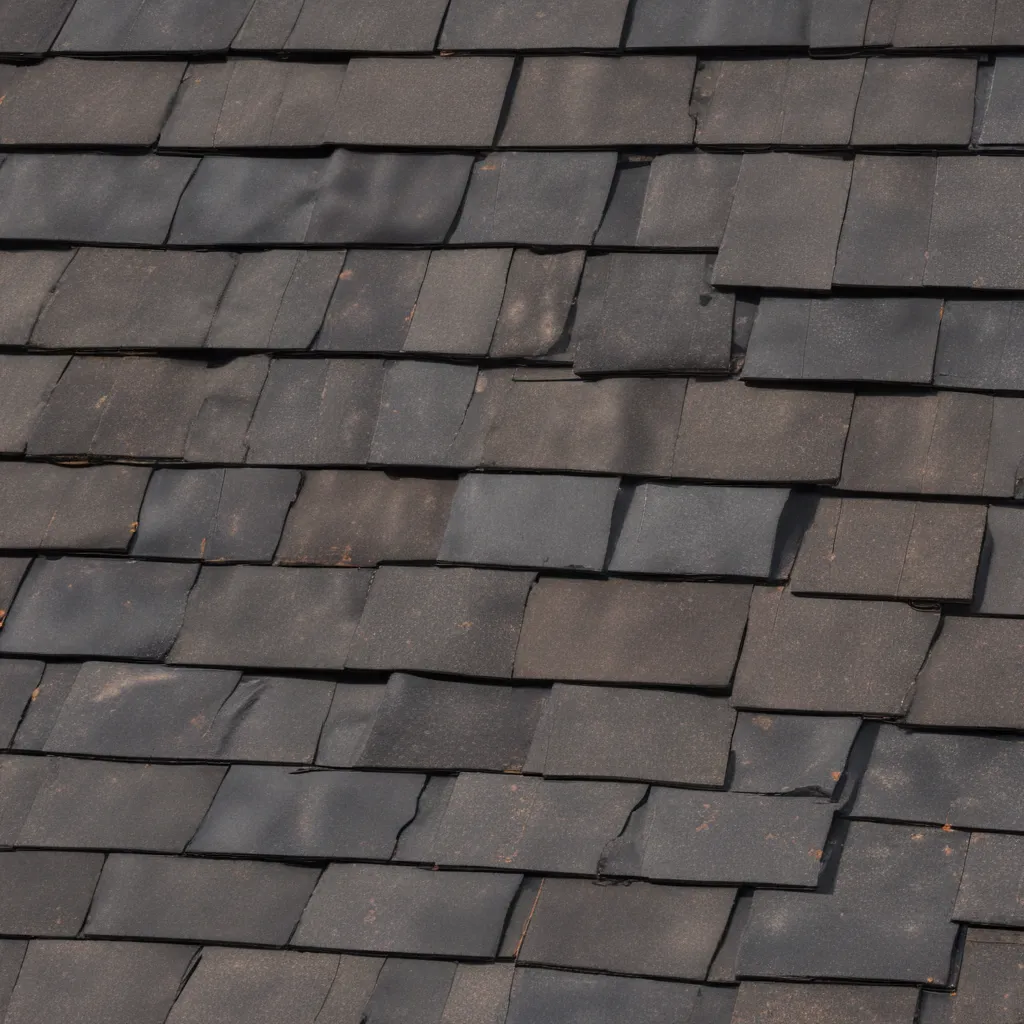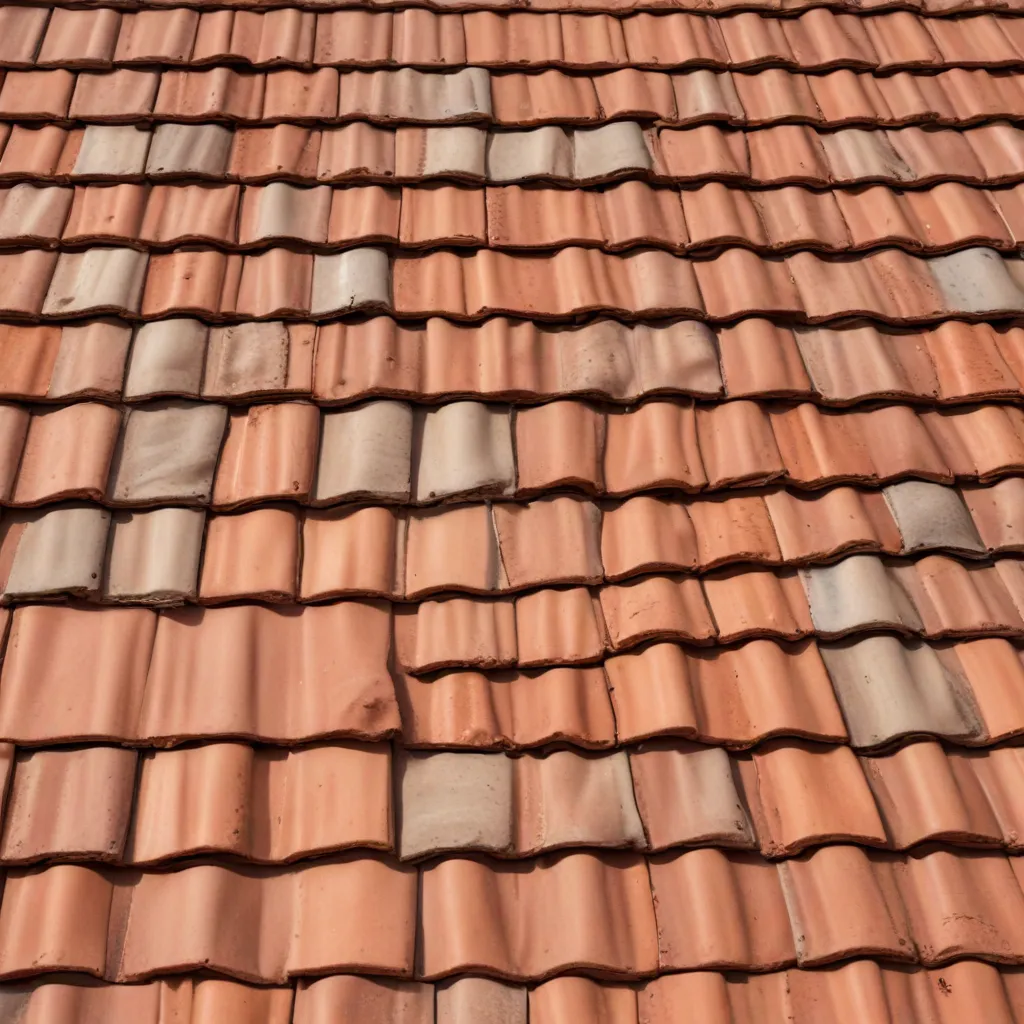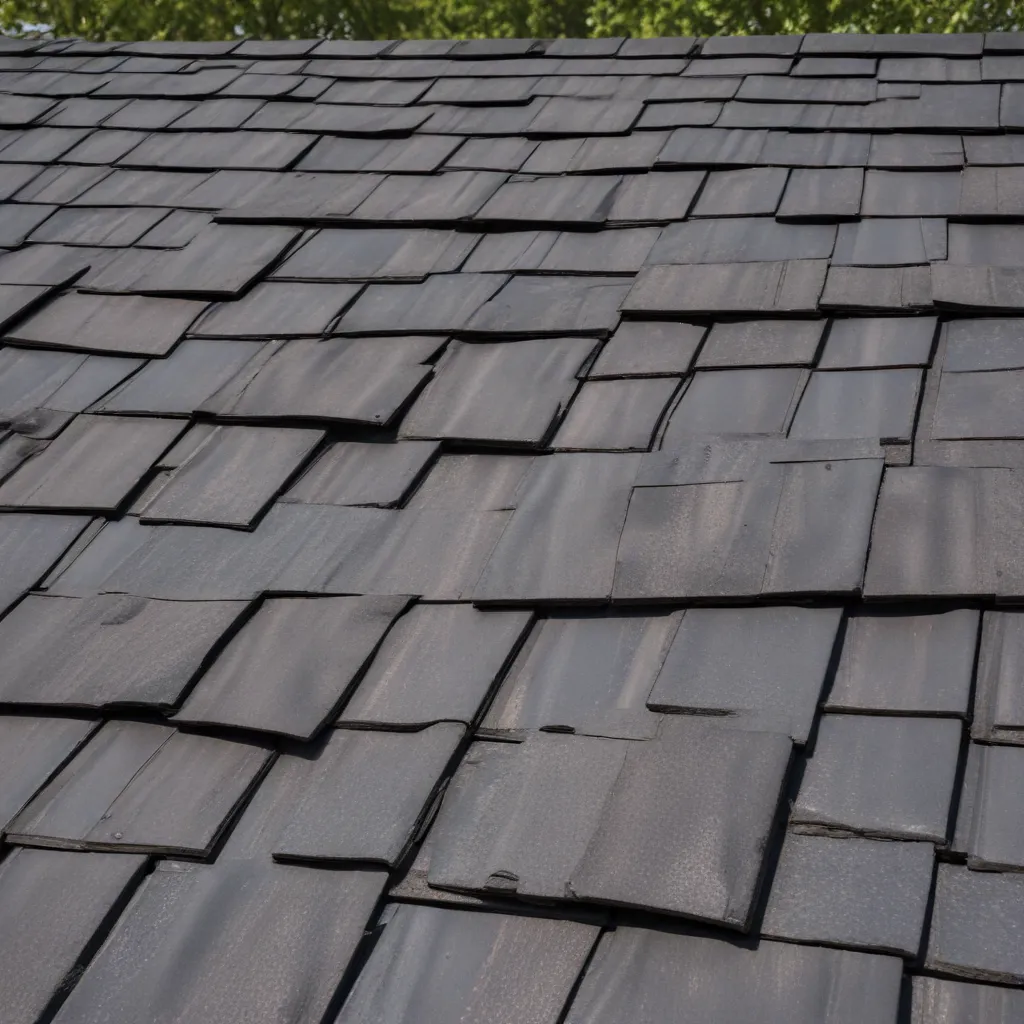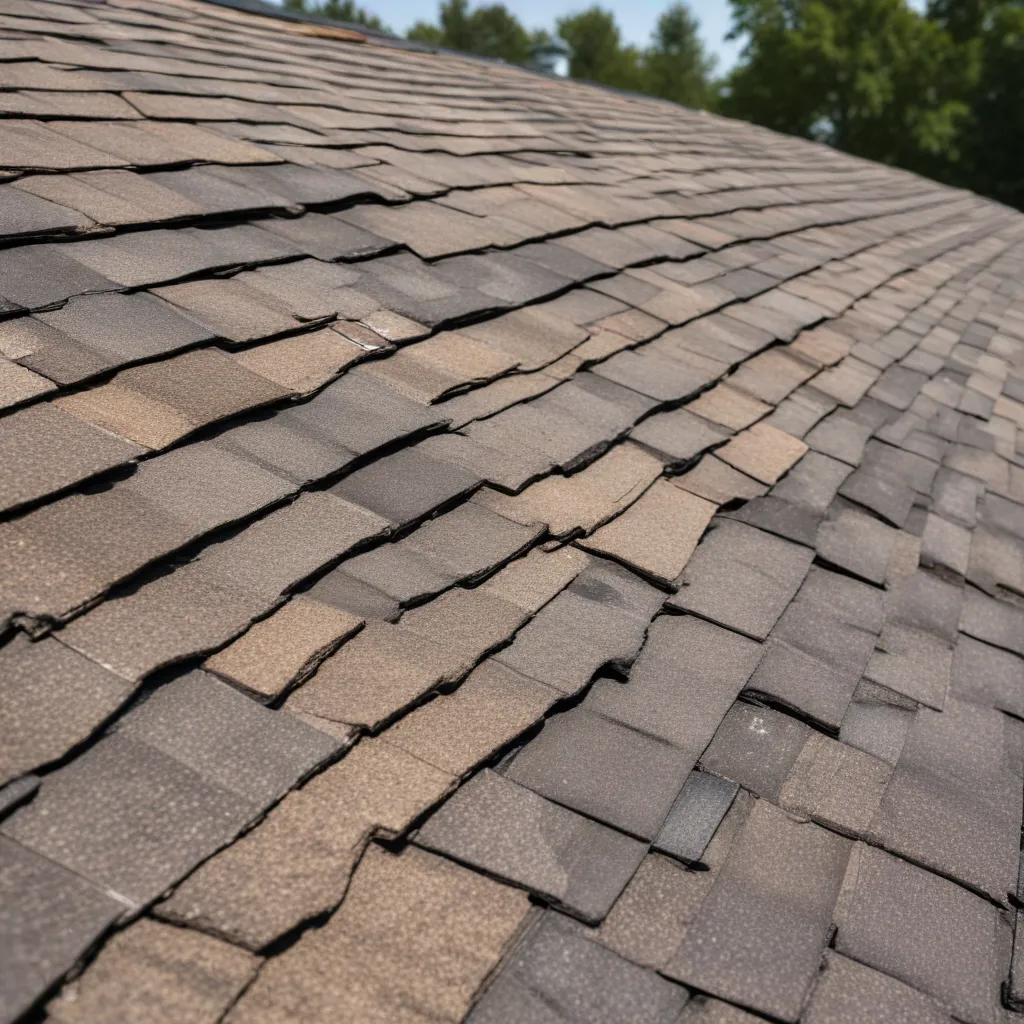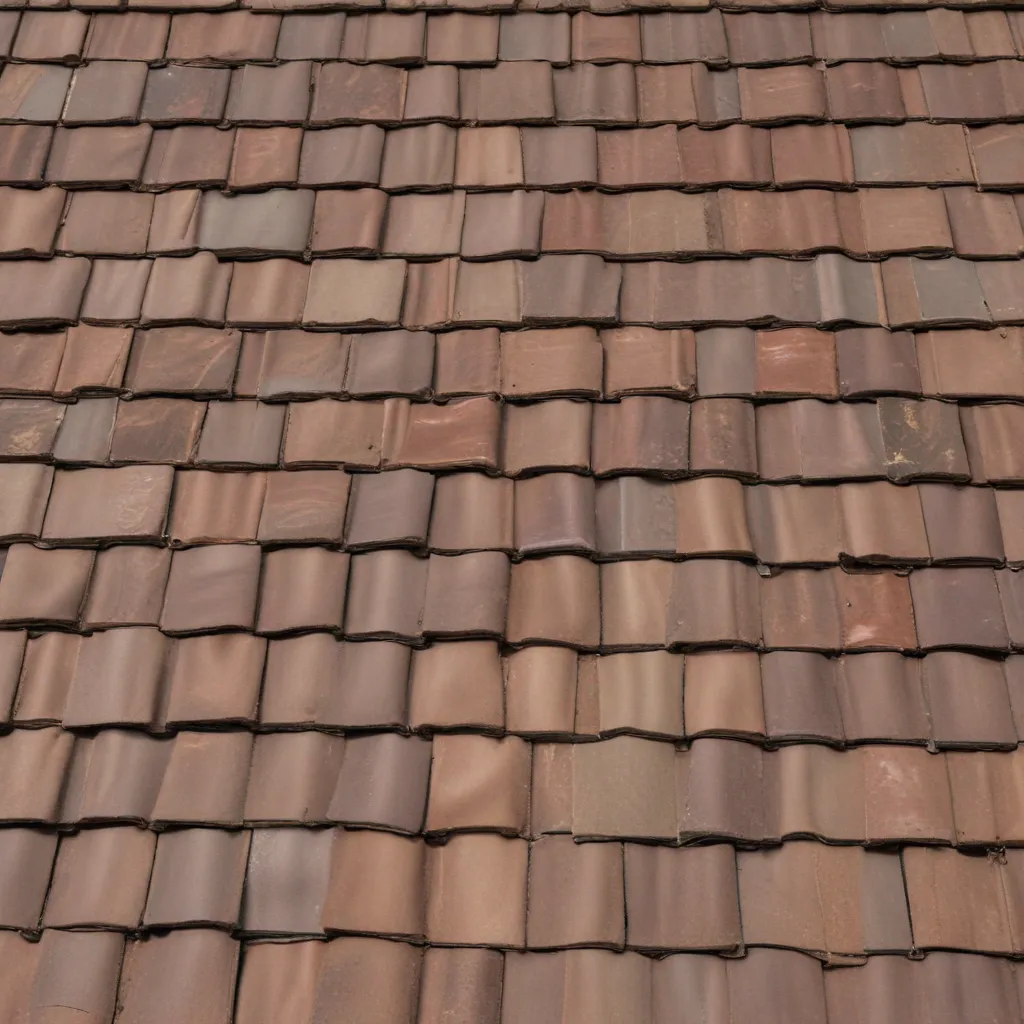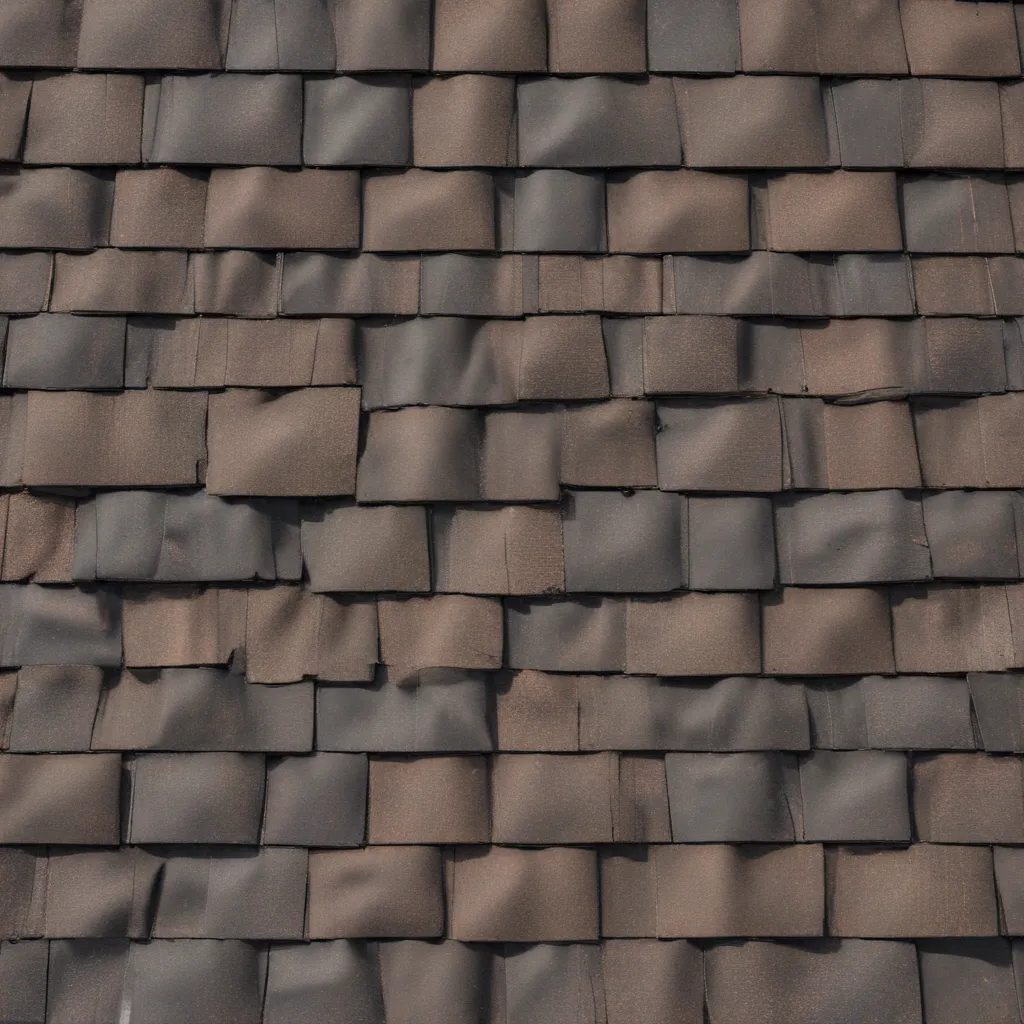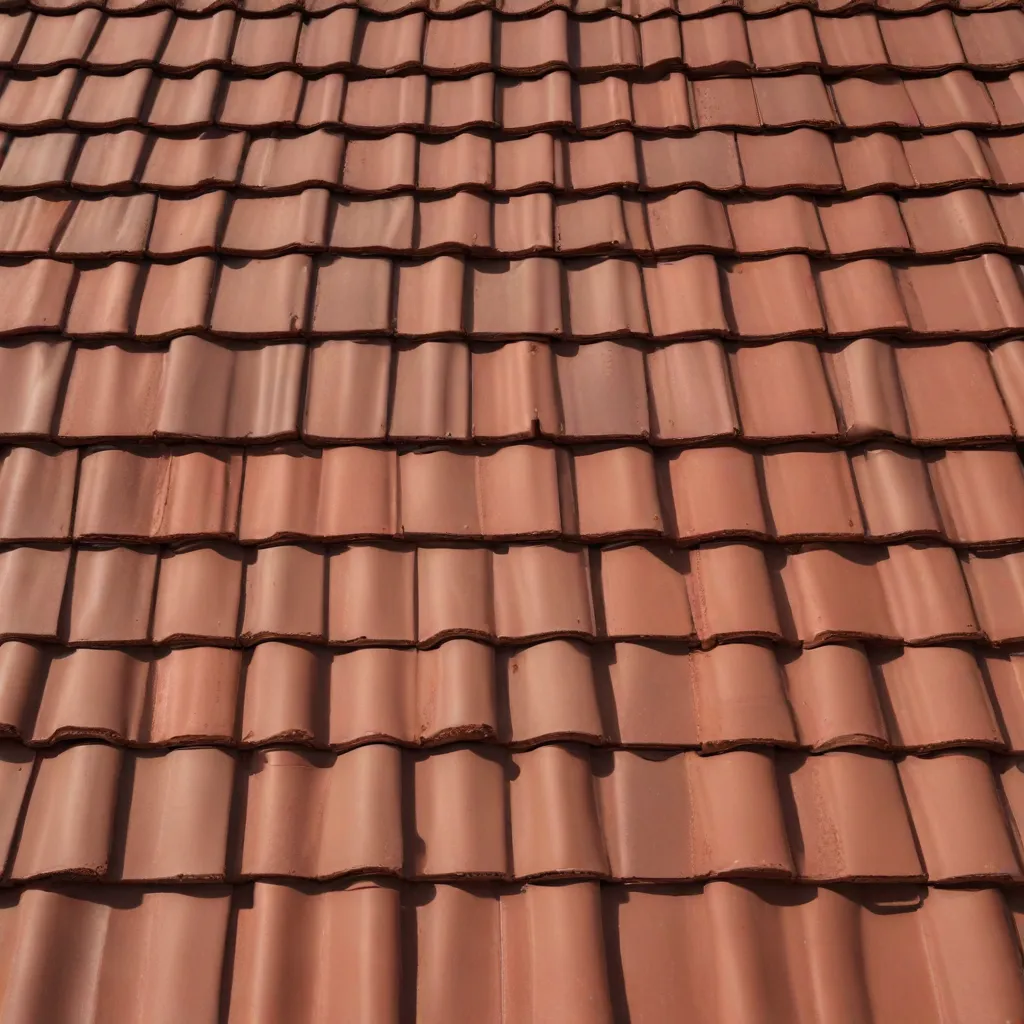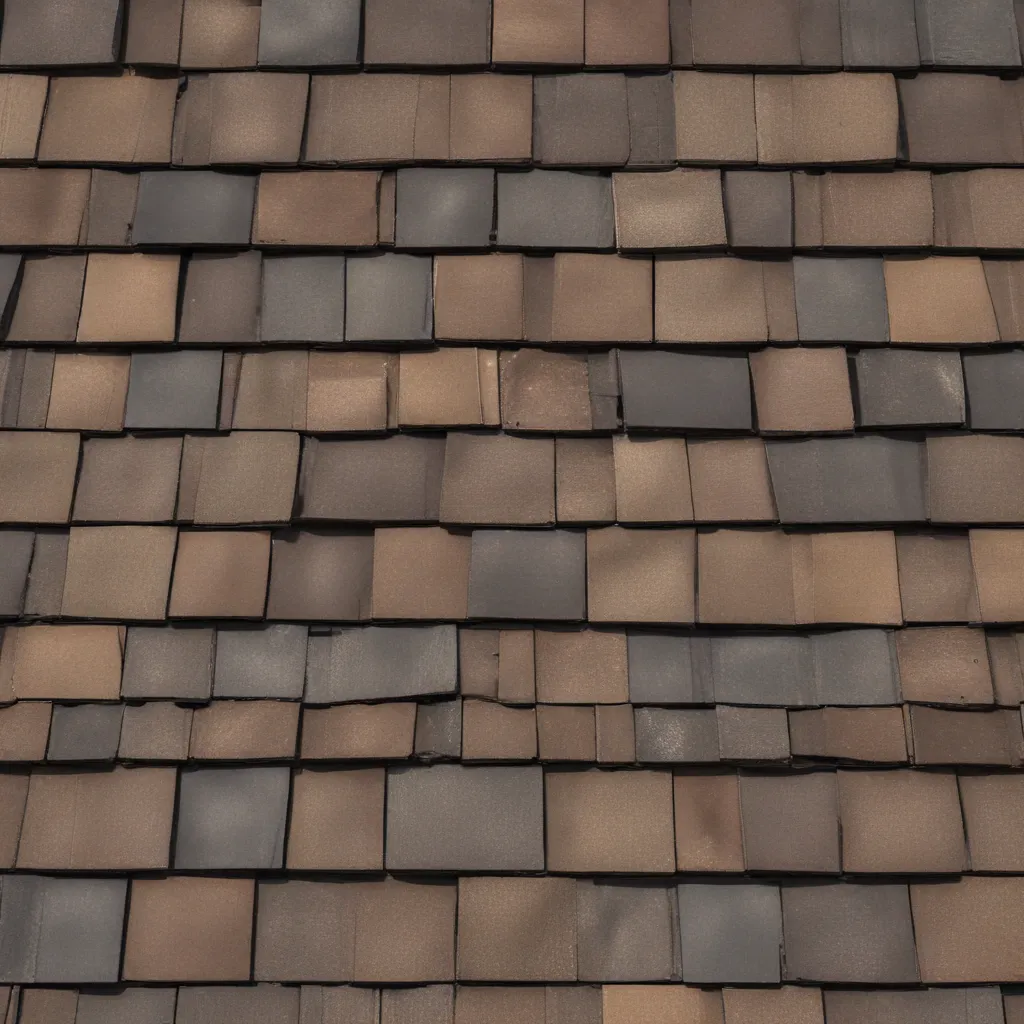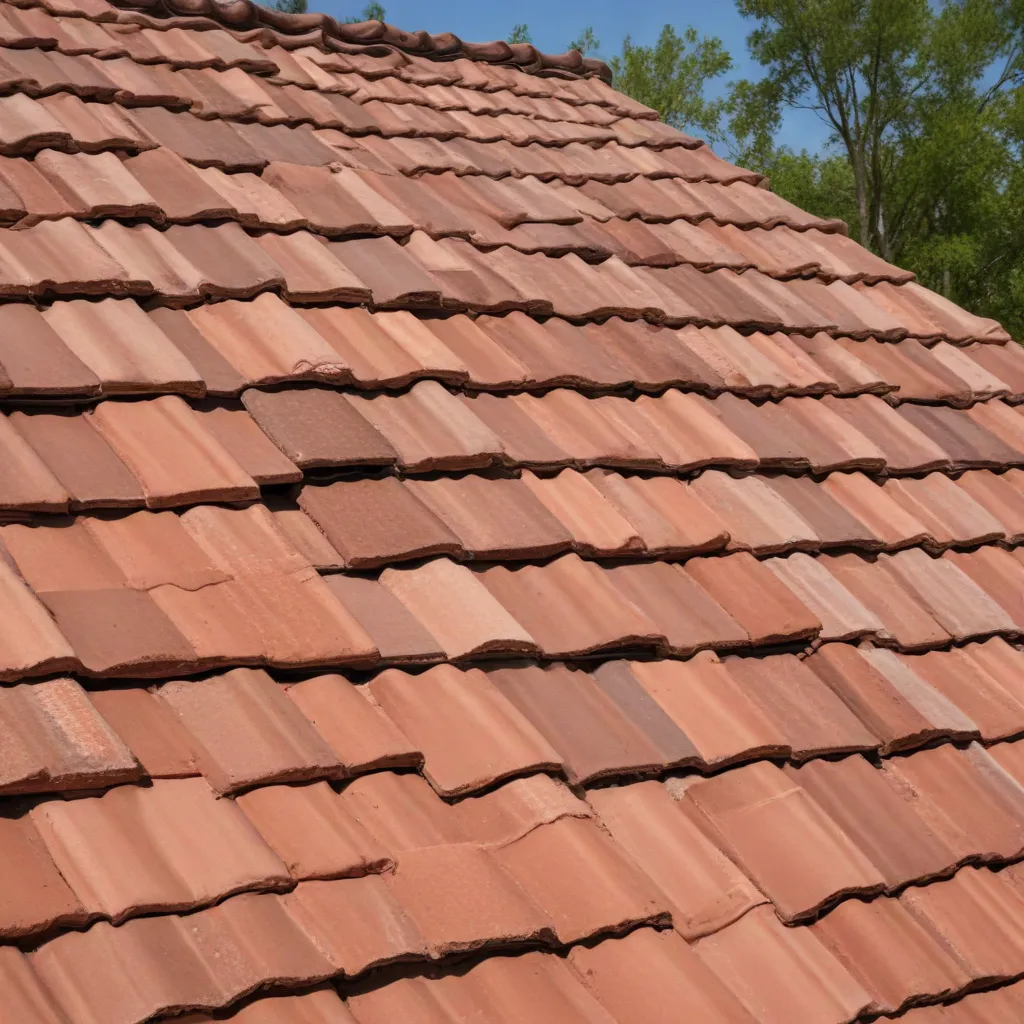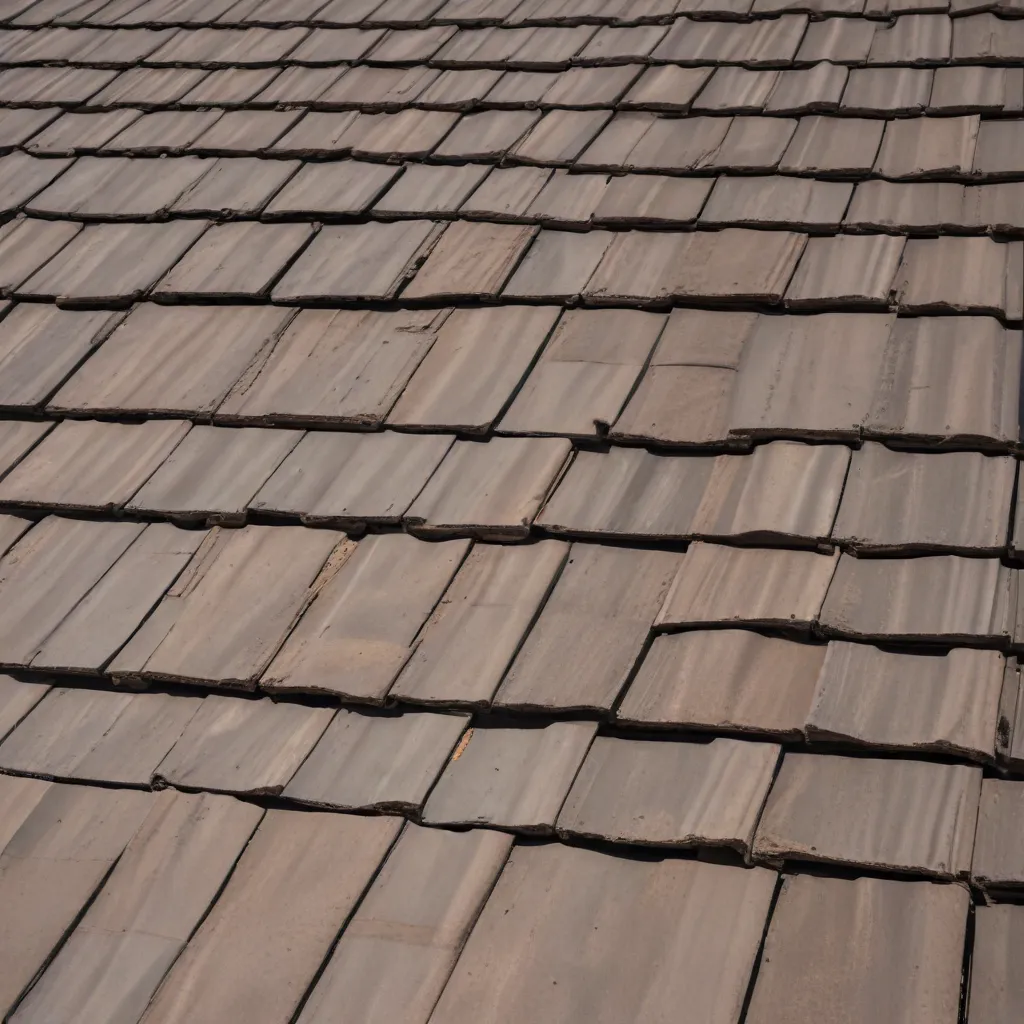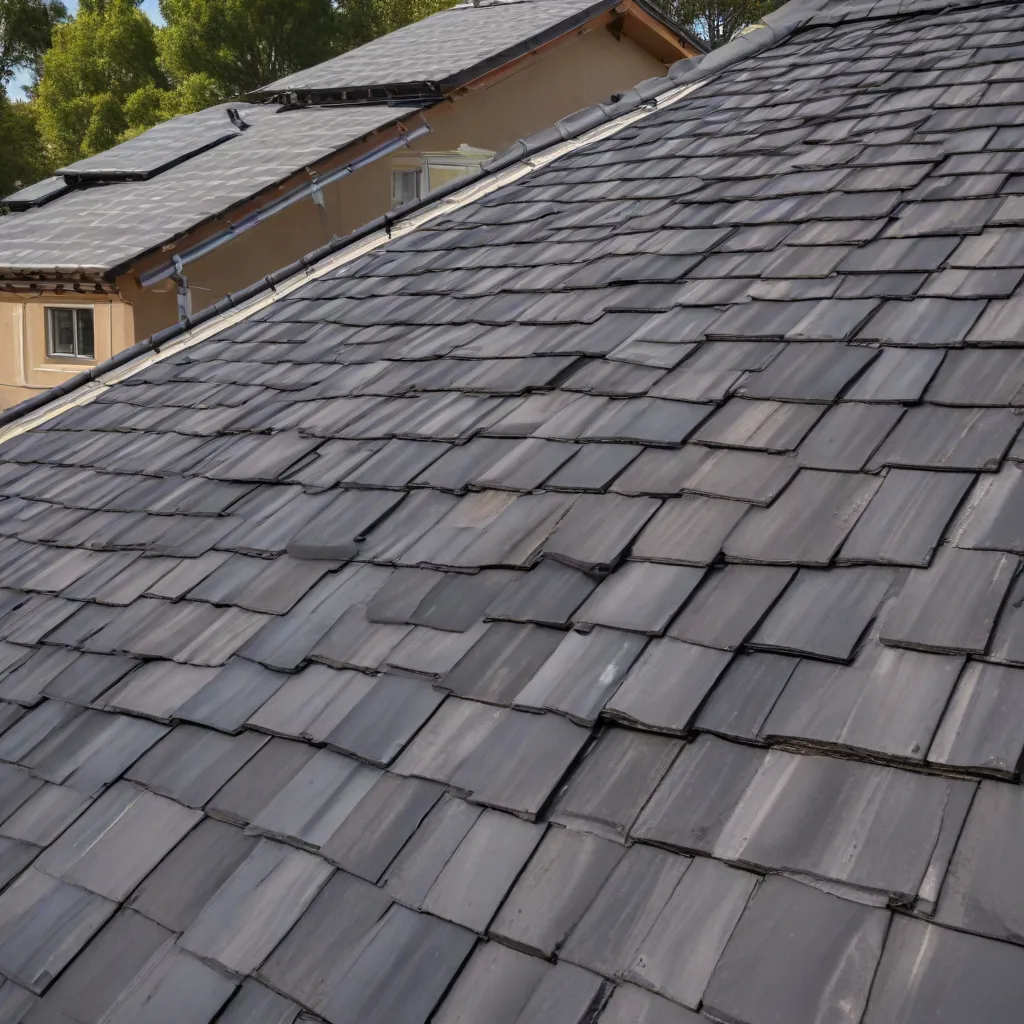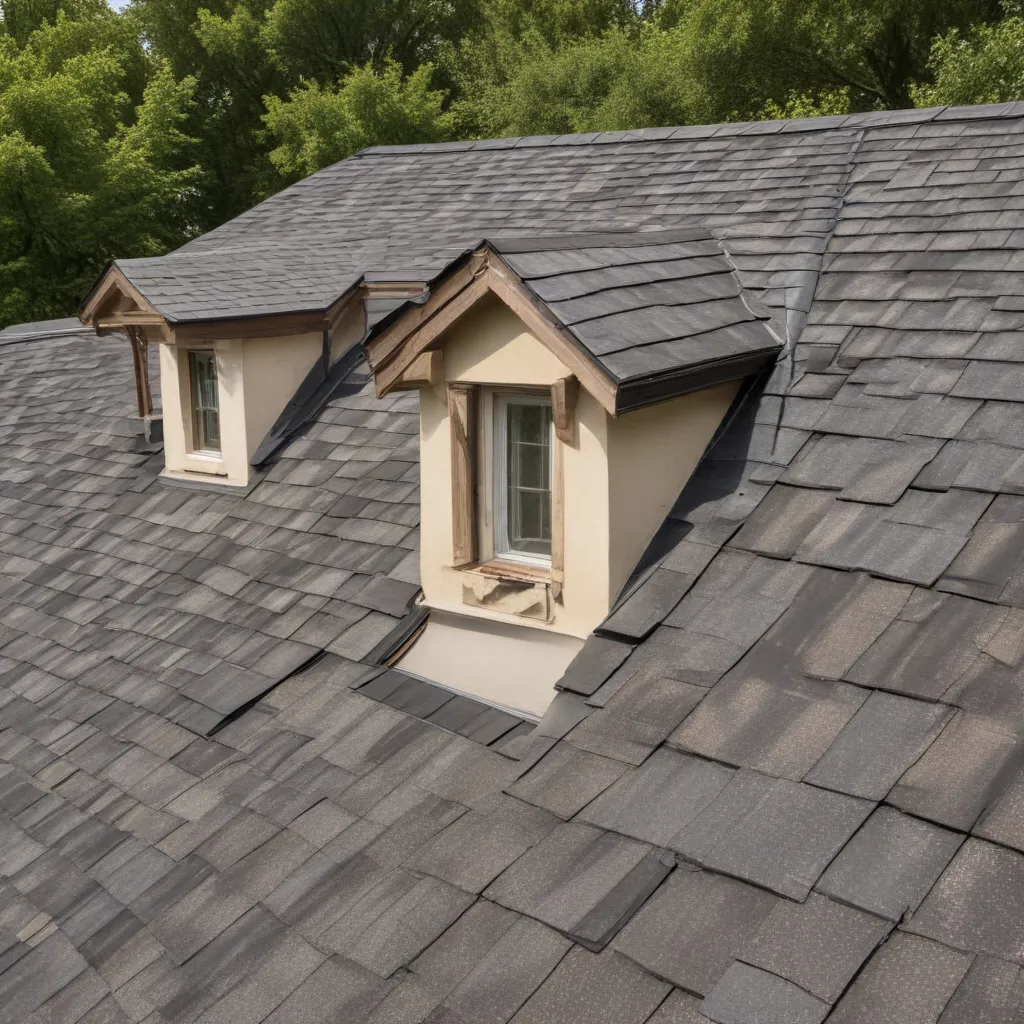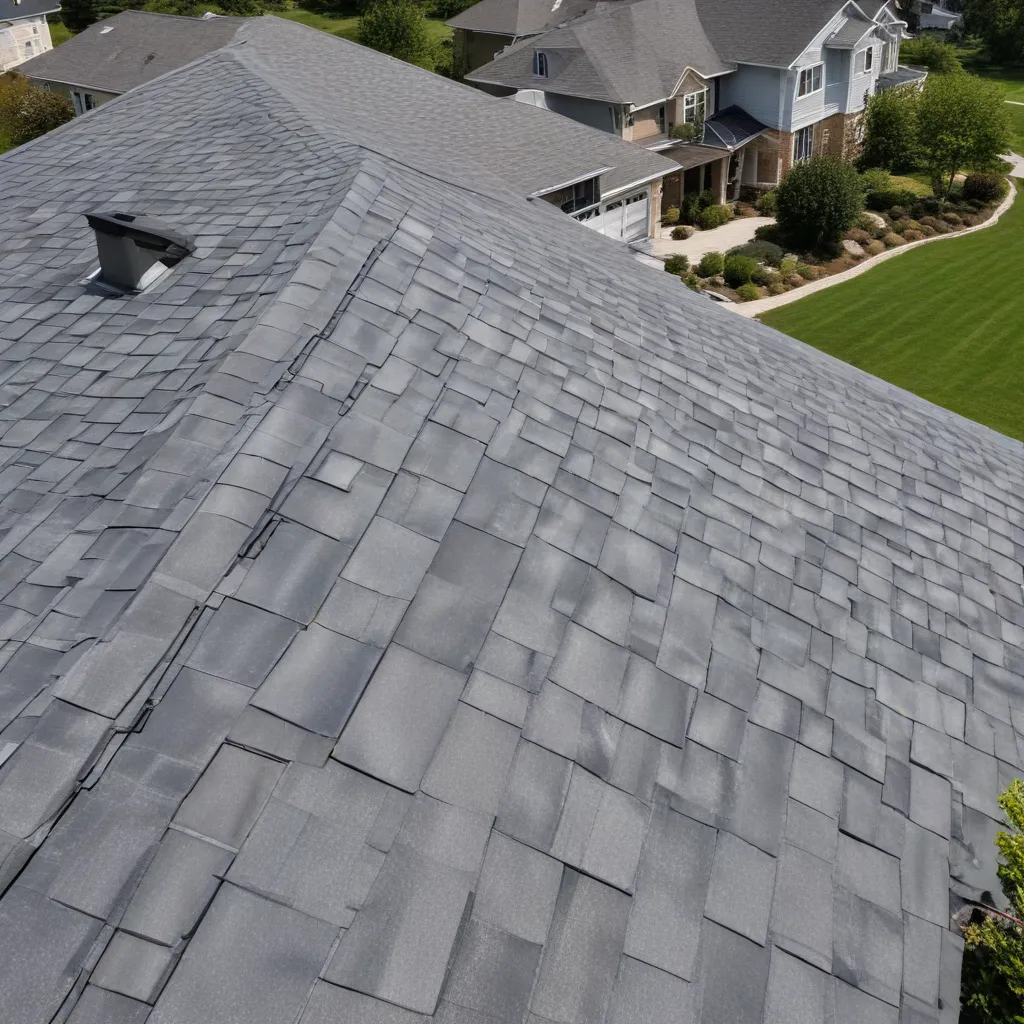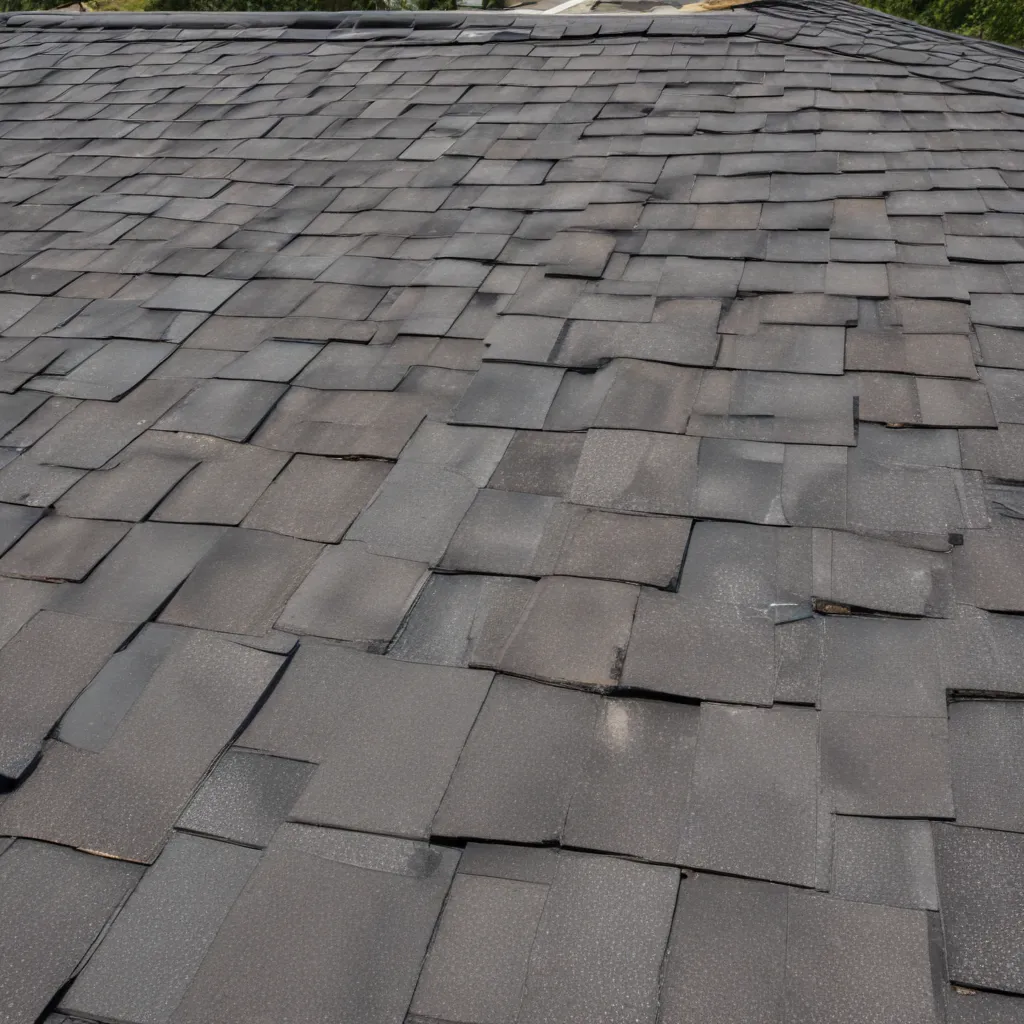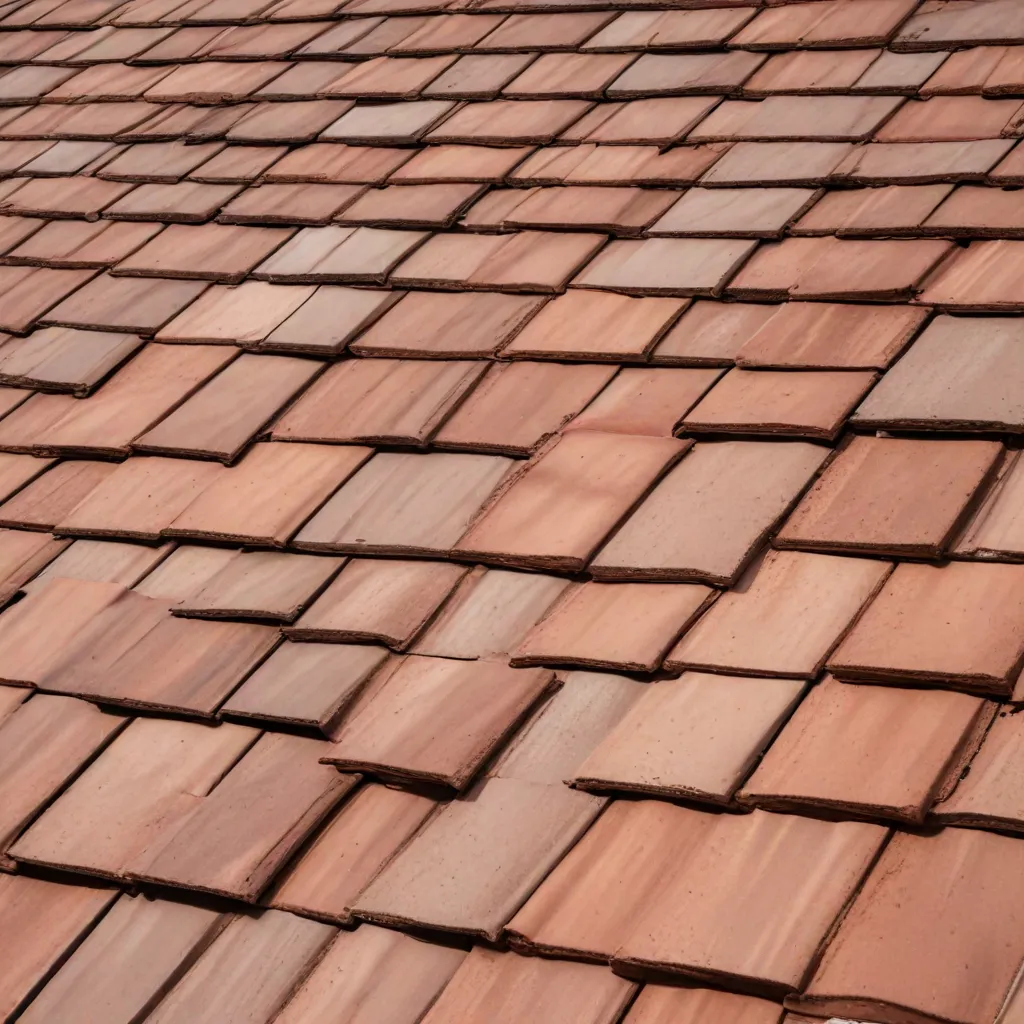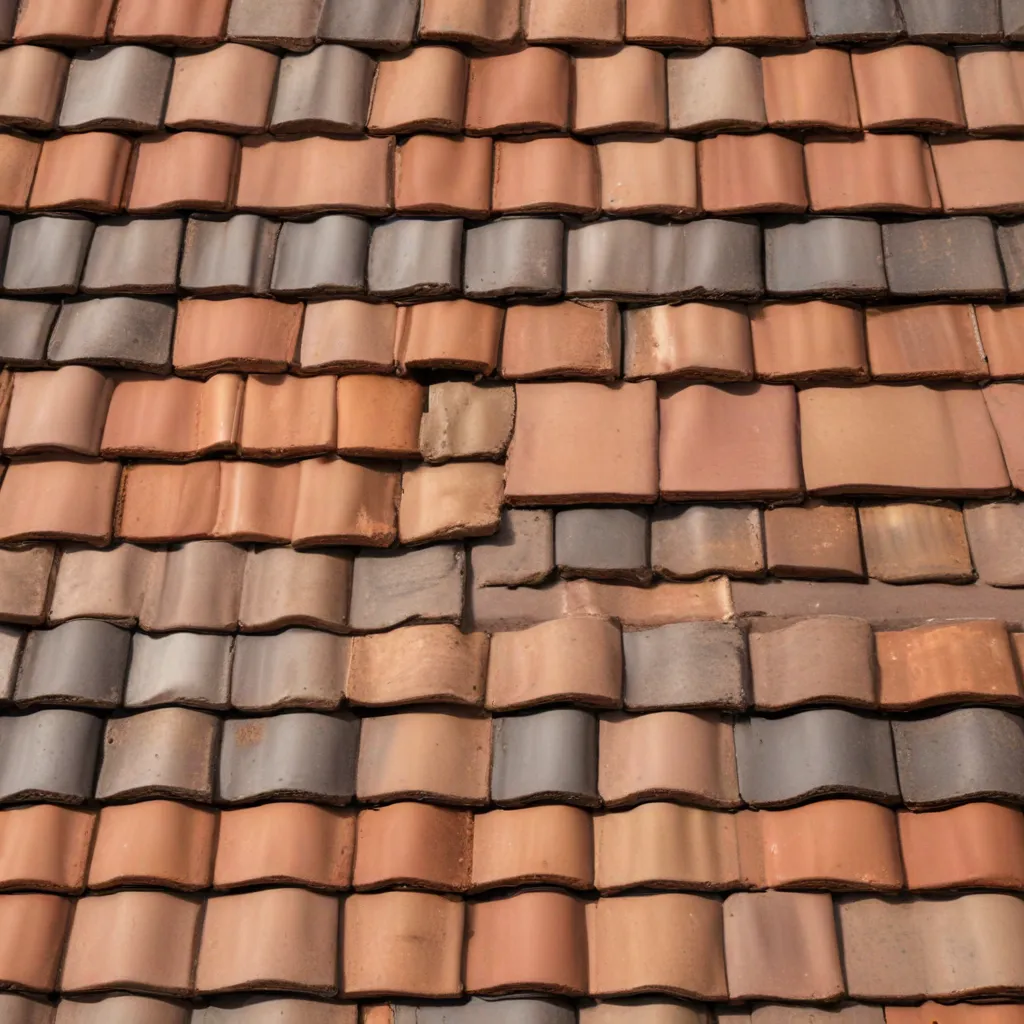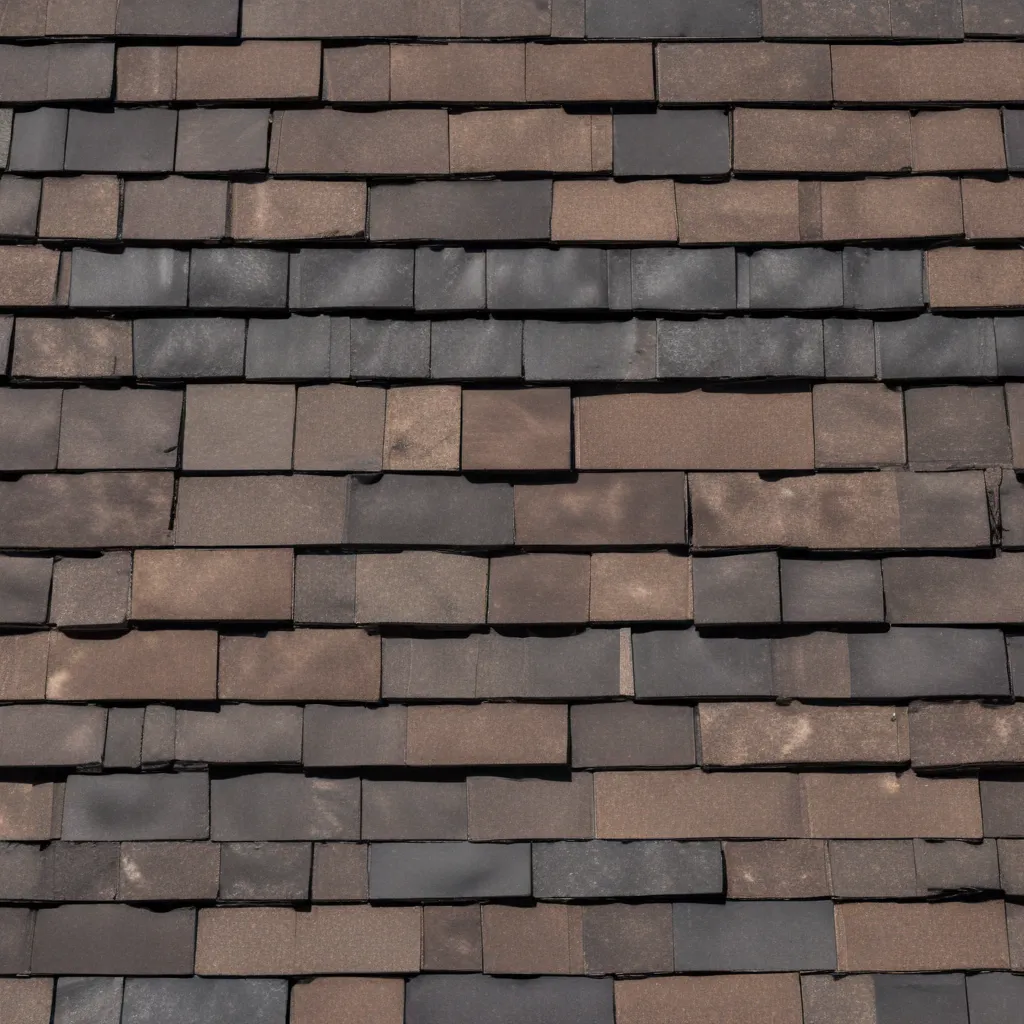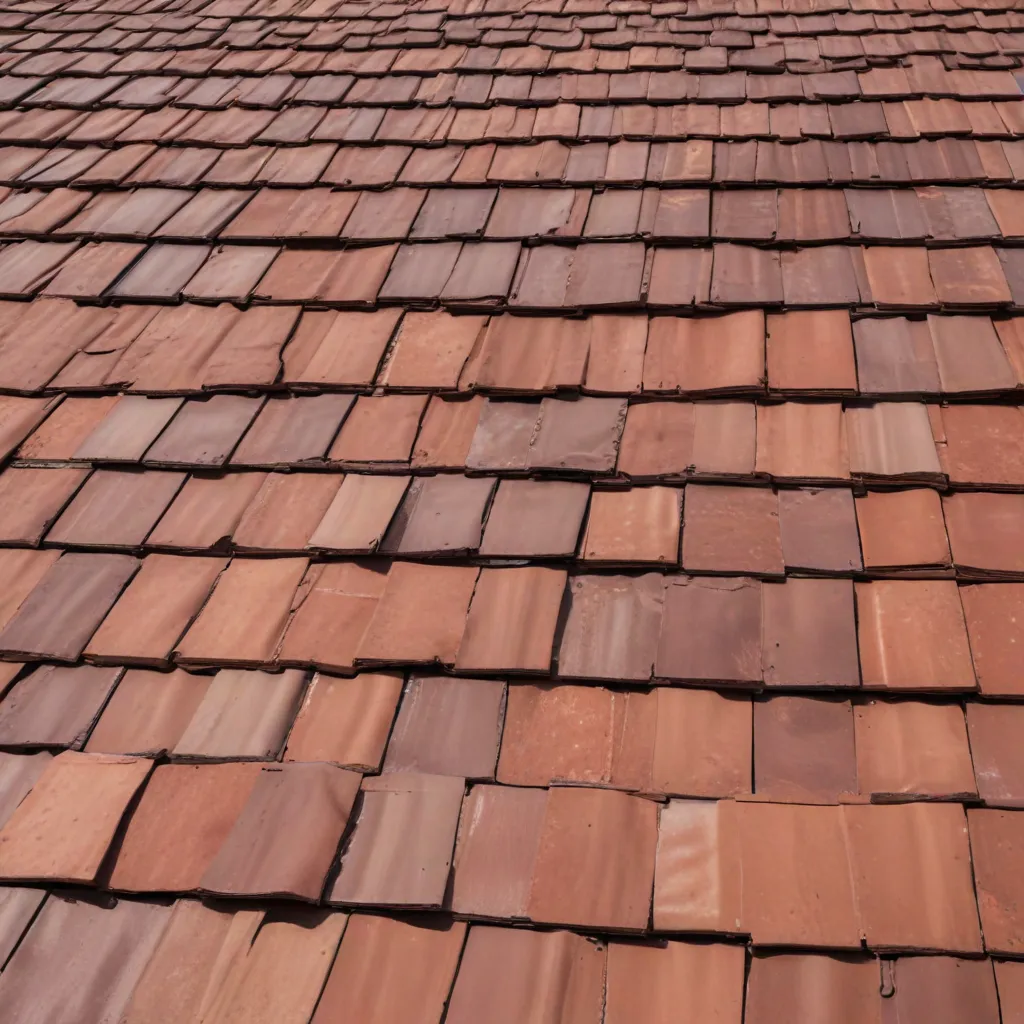Welcome to our comprehensive guide on how to protect your home from pests and critters using the power of roofing insulation. As homeowners, we understand the frustration and potential damage that can be caused by unwanted visitors such as rodents, insects, and other pests. In this article, we will delve into the importance of roofing insulation and provide you with effective strategies to keep these pests at bay. By the end, you’ll have the knowledge to create a pest-free environment and maintain the integrity of your home.
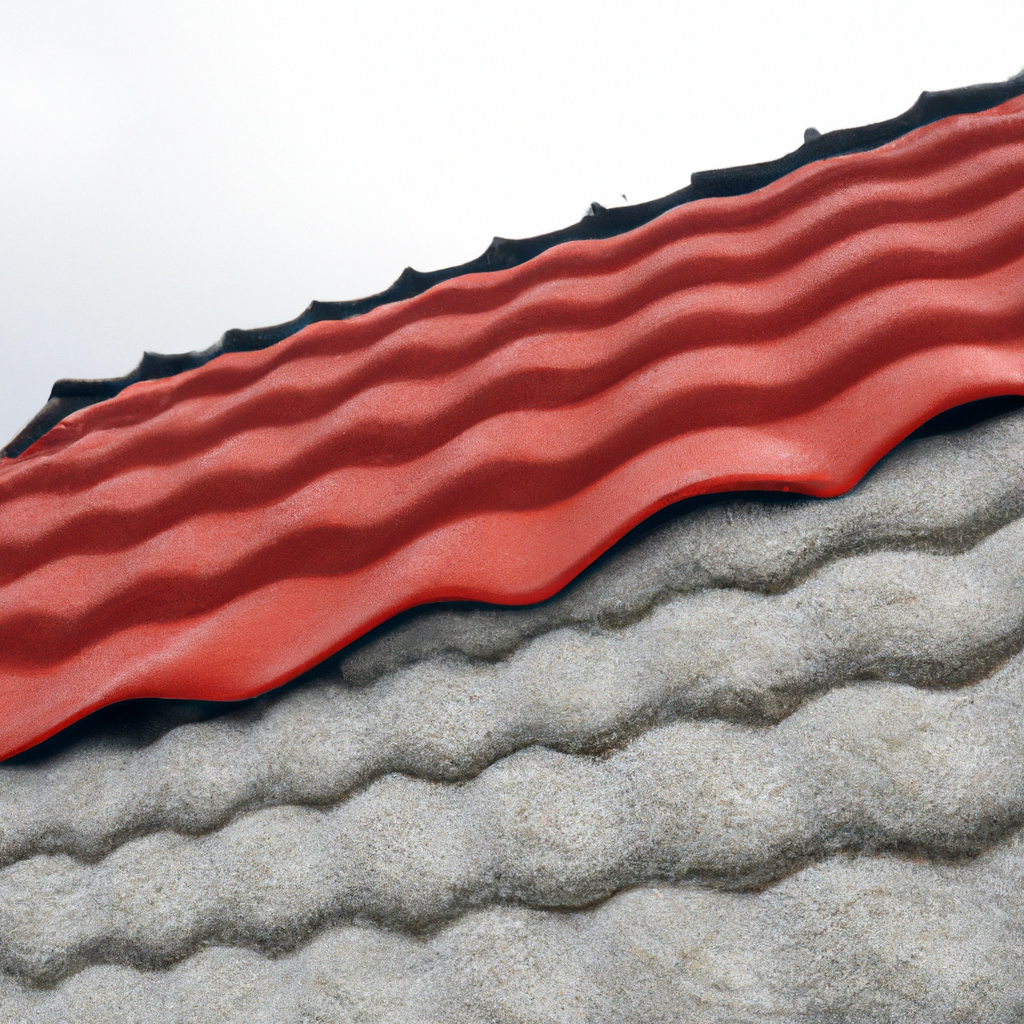
The Importance of Roofing Insulation
Roofing insulation is not only essential for maintaining a comfortable indoor temperature but also plays a vital role in keeping pests and critters out. Proper insulation acts as a barrier, preventing these unwanted guests from infiltrating your home. It provides an extra layer of protection against structural damage, safeguarding your property from the potential risks associated with infestations.
Understanding Pest Behavior
To effectively combat pests and critters, it’s crucial to understand their behavior and the factors that attract them to your home. Common pests such as rats, mice, squirrels, and insects are drawn to warm, cozy spaces, making your roof an enticing target. They seek shelter, food, and water, and can easily find their way into your home through small openings or damaged roofing materials. By addressing these vulnerabilities, you can significantly reduce the likelihood of pest infestations.
Identifying Vulnerabilities
Before implementing preventative measures, it’s important to identify potential vulnerabilities in your roofing system. Conduct a thorough inspection of your roof, looking for any signs of damage, cracks, or openings that pests could exploit. Pay close attention to areas where different materials meet, such as roof ridges, vents, and chimneys, as these are common entry points for critters. Additionally, check for loose or missing shingles, damaged flashing, and deteriorated seals.
Seal and Secure Your Roof
Once you’ve identified vulnerabilities, the next step is to seal and secure your roof to prevent pests from gaining access. Start by repairing any damaged roofing materials, replacing missing shingles, and reinforcing weak spots. Consider using high-quality sealants and caulking to close off any gaps or openings. Additionally, installing screens or mesh over vents and chimney openings can act as an effective physical barrier against pests while still allowing proper ventilation.
Choose the Right Insulation Material
When it comes to roofing insulation, selecting the right material is crucial. Opt for insulation that not only provides excellent thermal performance but is also resistant to pests and critters. Fiberglass insulation, for example, is a popular choice as it is not attractive to pests and does not provide a suitable environment for nesting. Avoid using materials like cellulose insulation, which can be a food source for certain pests if not properly treated.
Install Insulation Properly
Proper installation of roofing insulation is key to its effectiveness in keeping pests out. Ensure that the insulation is securely placed, covering all areas of your attic and roof. Pay attention to corners, edges, and hard-to-reach spots, as these are often the areas where pests can find their way in. Properly sealing and insulating your attic space can also prevent pests from accessing your living areas through the ceiling.
Maintain a Clean and Tidy Environment
Maintaining a clean and tidy environment both inside and outside your home is essential in deterring pests. Regularly clean your gutters and remove any debris that may accumulate on your roof, as these can serve as attractive nesting spots. Trim tree branches and shrubs that are in close proximity to your roof, as they can provide pests with easy access. Additionally, store firewood and other potential food sources away from your home to minimize the risk of infestations.
Conclusion
In conclusion, protecting your home from pests and critters is a crucial aspect of maintaining a safe and comfortable living environment. By understanding their behavior, identifying vulnerabilities, sealing and securing your roof, choosing the right insulation material, and maintaining cleanliness, you can significantly reduce the risk of infestations. Remember, proper roofing insulation not only helps regulate indoor temperatures but also acts as a powerful deterrent against unwanted guests. Implement these strategies to keep pests and critters out and enjoy a pest-free home for years to come.

